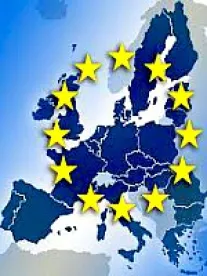The new European Union customs enforcement regime for intellectual property rights came into effect on 1 January 2014. The new regime simplifies the process of detaining and destroying infringing goods and expands the intellectual property rights a rights holder can rely on to have goods detained.
BACKGROUND
As with the previous regime, the new regime establishes the framework under which a rights holder may notify national customs authorities of goods that it suspects infringes its intellectual property rights, and to allow the national authority to detain these goods. The new regime is set out in Regulation (EU) No 608/2013, which also repeals the previous customs regulation. The new Regulation was accompanied by new standard forms to notify customs of suspected infringing goods. The European Commission has also published new guidance on these forms to assist rights holders.
THE NEW REGIME
One of the key changes is that the process of determining a complaint by a national customs authority has been simplified.The optional simplified process under the previous regime, which allowed for the destruction of infringing goods without the need for a court order, but was not adopted by all national customs authorities, is now mandatory. In addition, there is a new procedure to deal with small quantities of infringing goods targeted at the import by consumers of counterfeits purchased online.
The new regime also increases the intellectual property rights that a proprietor may rely on to have goods seized by customs. These now include trade names (as opposed to registered trade mark rights) and semiconductor topographies. Rights holders can also request that customs seize goods that are designed to circumvent their rights, such as devices to remove copy protection from a product.
The guidance document is a step-by-step guide to enable rights holders to use the new regime effectively. It also explains how to file a request for an extension to the period during which the customs authority must take action.
COMMENT
Rights holders should welcome the new regime, especially given that the simplified procedure from the old regime is now mandatory. The new regime does, nevertheless, still leave a number of issues unresolved. One example is the treatment of goods in transit to a market outside the European Union. Rights holders must still demonstrate that there is a substantial likelihood that these goods will be rerouted for sale within the European Union for customs to be able to act. In addition, the new regime does not address the issue of parallel imports or circumstances where a licensee has produced more goods than the licensee is entitled to under an agreement with the rights holder.




 />i
/>i
